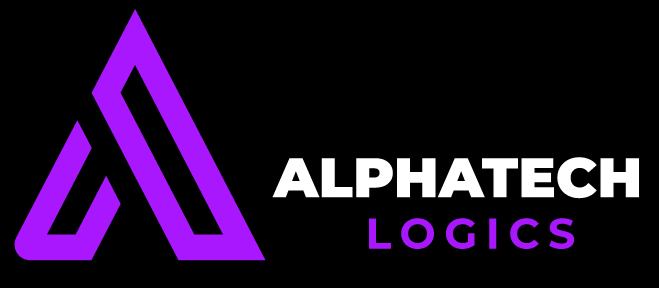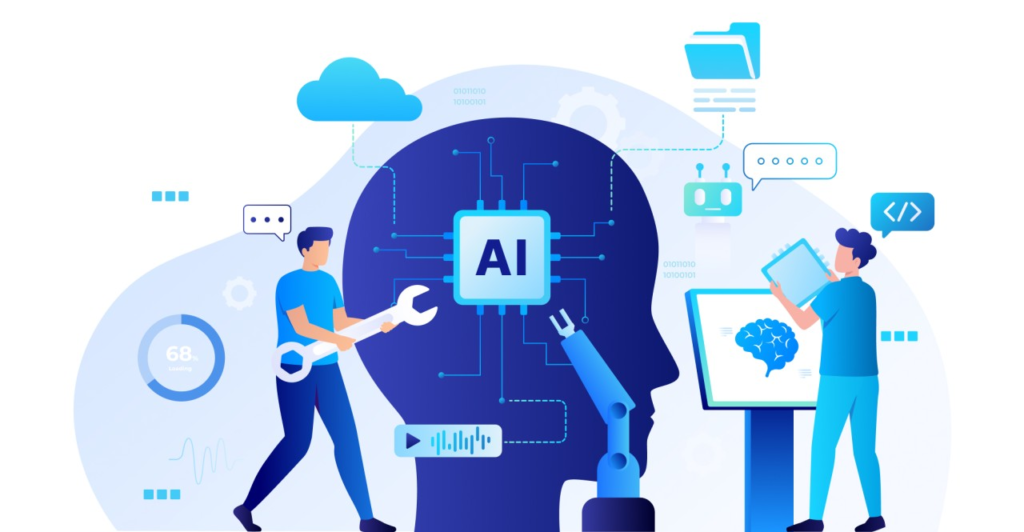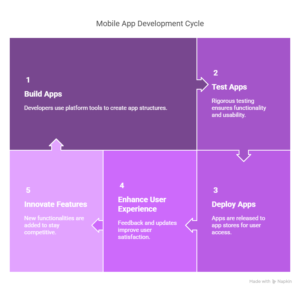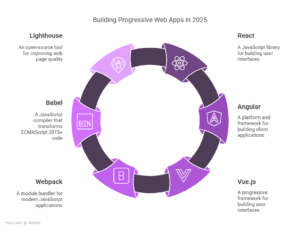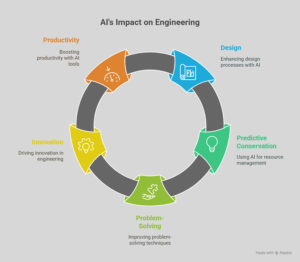Integration Challenges: Overcoming Technical Hurdles in AI Deployment
Artificial Intelligence (AI) promises transformative benefits—enhanced efficiency, predictive insights, and automation. However, many organizations struggle with deploying AI solutions due to complex technical integration challenges. From data silos to infrastructure mismatches, these hurdles can delay projects, inflate costs, and reduce ROI.
This article explores the key technical challenges in AI deployment and provides actionable strategies to overcome them.
Key AI Integration Challenges
1. Data Silos & Inconsistent Formats
AI models require high-quality, unified data—yet most enterprises store data across disparate systems (CRM, ERP, legacy databases) with varying formats.
Solution:
– Implement data lakes or warehouses (e.g., Snowflake, Databricks) for centralized storage.
– Use ETL (Extract, Transform, Load) pipelines to standardize data.
– Adopt APIs and middleware to connect siloed systems.
2. Infrastructure Compatibility Issues
AI workloads demand high-performance computing (GPUs/TPUs), but existing IT infrastructure may lack scalability.
Solution:
– Leverage cloud-based AI services (AWS SageMaker, Azure ML, Google Vertex AI) for elastic scaling.
– Deploy hybrid architectures for sensitive on-premise data with cloud bursting.
– Optimize models for **edge computing** where low latency is critical.
3. Model Drift & Performance Degradation
AI models degrade over time due to changing data patterns (concept drift, data drift), leading to inaccurate predictions.
Solution:
– Implement continuous monitoring (MLOps tools like MLflow, Weights & Biases).
– Automate retraining pipelines with new data.
– Use A/B testing to compare model versions before full deployment.
4. Integration with Legacy Systems
Many enterprises rely on outdated systems that lack modern API support, making AI integration difficult.
Solution:
– Use wrapper APIs or microservices to bridge legacy and modern systems.
– Explore low-code AI solutions that minimize deep integration needs.
– Gradually modernize core systems with cloud migration.
5. Security & Compliance Risks
AI systems process sensitive data, raising concerns about privacy (GDPR), bias, and cybersecurity.
Solution:
– Apply encryption (in-transit and at-rest) for AI data pipelines.
– Implement explainability tools (SHAP, LIME) for regulatory compliance.
– Conduct bias audits** and enforce ethical AI guidelines
6. Talent & Skill Gaps
Many IT teams lack expertise in AI/ML, MLOps, and cloud infrastructure, slowing deployment.
Solution:
– Invest in upskilling through AI training programs.
– Partner with AI vendors or consultants for faster implementation.
– Use no-code/low-code AI platforms to reduce dependency on data scientists.
Best Practices for Smooth AI Deployment
1. Start Small, Scale Gradually
– Pilot AI in a controlled environment before enterprise-wide rollout.
– Use modular architectures for easier scaling.
2. Adopt MLOps for Lifecycle Management
– Automate model training, testing, and deployment.
– Monitor performance in real-time.
3. Ensure Cross-Functional Collaboration
– Involve IT, data science, and business teams early.
– Align AI goals with business KPIs.
4. Choose the Right Deployment Model
– Cloud AI for scalability.
– On-premise for data-sensitive industries.
– Edge AI for real-time processing.
Conclusion
AI deployment is not just about building models—it’s about integrating them seamlessly into existing workflows while overcoming technical, operational, and governance hurdles. By addressing data silos, infrastructure limitations, model drift, and security risks proactively, organizations can unlock AI’s full potential.

